Evolving Consumer Preferences in Digital Marketing: Strategies for Profit and Monetization For 2025
The world of digital marketing is undergoing a significant transformation as consumer behaviors and expectations continue to shift. Today’s consumers are no longer passive recipients of advertisements; they demand experiences that align with their values, provide genuine connections, and cater to their unique needs. This evolution has created both challenges and opportunities for businesses. Understanding evolving consumer preferences in digital marketing is crucial for brands seeking to maximize profitability and ensure long-term growth.
In this article, we explore how businesses can adapt their strategies to meet these evolving preferences, implement monetization tactics, and drive sustainable profit.
The Shift in Consumer Preferences
1. Personalization: The New Norm
Personalization is no longer optional in the realm of digital marketing. Consumers now expect brands to deliver tailored experiences that reflect their specific interests and behaviors. According to studies, AI personalization can boost conversion rates by as much as 20%, underscoring its importance.
- Why It Matters: Addressing evolving consumer preferences in digital marketing through personalization enhances brand loyalty and engagement. Advanced tools like AI and machine learning allow businesses to analyze customer data and craft personalized campaigns.
2. Values and Ethics: The Consumer Compass
Modern consumers are increasingly prioritizing brands that share their values. Issues such as sustainability, diversity, and ethical practices influence purchasing decisions more than ever. Purpose-driven marketing, which highlights a brand’s commitment to social causes, is gaining traction as a strategy that resonates deeply with audiences.
- Application: Brands that address evolving consumer preferences in digital marketing by showcasing their values can establish trust and foster emotional connections, encouraging repeat purchases and brand advocacy.
3. Authenticity and Transparency
Authenticity is a cornerstone of modern marketing. Consumers are drawn to brands that communicate openly and honestly, shunning overly polished advertisements in favor of real, relatable content.
- Example: Influencer marketing is a powerful tool for connecting with audiences authentically. Businesses can partner with influencers whose values align with their own, effectively addressing evolving consumer preferences in digital marketing through credible endorsements.
Monetization Strategies in the Digital Marketing Era
1. Leveraging Short-Form Video Content
Short video production, popularized by platforms like TikTok, Instagram and YouTube , dominate consumer attention. These platforms align perfectly with evolving consumer preferences in digital marketing, offering content that is quick, engaging, and easily digestible.
- How It Works: Short videos are ideal for promoting products, running affiliate campaigns, or driving traffic to e-commerce stores. Partnering with influencers on these platforms can amplify reach and drive sales within specific niches.
2. Subscription Models for Consistent Revenue
The subscription-based economy is booming as consumers seek consistent value from brands. Whether it’s curated product deliveries, exclusive content access, or premium services, subscription models meet the demand for ongoing engagement.
- Profit Potential: Subscription models address evolving consumer preferences in digital marketing by offering personalized, recurring experiences. Businesses can entice customers with free trials, discounts, or bundled services to encourage sign-ups.
3. Enhancing Ad Precision with Data
Precision in digital advertising is vital for effective monetization. Platforms like Google Ads and Facebook Ads offer advanced targeting options, enabling businesses to reach consumers based on interests, behaviors, and demographics.
- Strategy: Retargeting campaigns are particularly effective in addressing evolving consumer preferences in digital marketing, as they focus on users who have already shown interest in your brand. This increases conversion rates and maximizes ad spend ROI.
4. Optimizing User Experience (UX)
A seamless and enjoyable user experience is fundamental to driving conversions. As consumer preferences shift towards convenience, brands must ensure their digital touchpoints are intuitive and efficient.
- Tactics: A mobile-friendly website, fast load times, and streamlined checkout processes are essential elements for addressing evolving consumer preferences in digital marketing. These improvements not only enhance satisfaction but also reduce cart abandonment rates.
Retention Strategies for Long-Term Profitability
While acquiring new customers is essential, retaining existing ones is far more cost-effective and profitable. Loyal customers are not only more likely to make repeat purchases but also act as advocates for your brand. Retention strategies that reflect evolving consumer preferences in digital marketing are crucial for building lasting relationships.
1. Loyalty Programs
Rewarding customer loyalty is an effective way to encourage repeat business. Points-based systems, exclusive discounts, and early access to new products are excellent incentives for fostering engagement.
2. Community Engagement
Building an online community around your brand allows consumers to feel connected and valued. Interactive forums, social media groups, and live events are excellent platforms for cultivating a sense of belonging.
- Impact: These initiatives resonate with evolving consumer preferences in digital marketing, as they create opportunities for meaningful interaction and customer feedback.
3. Personalized Communication
Ongoing communication tailored to individual preferences helps maintain strong relationships. Tools like email marketing and SMS can be used to deliver personalized recommendations, exclusive offers, and updates.
Emerging Trends in Digital Marketing
1. Over-the-Top (OTT) Advertising
Streaming platforms and podcasts are growing in popularity as advertising channels. These mediums cater to specific audience segments, offering targeted ad placements and immersive brand storytelling.
- Relevance: OTT platforms and podcasts align with evolving consumer preferences in digital marketing by providing non-intrusive, highly engaging content that captures attention.
2. User-Generated Content (UGC)
Consumers trust their peers more than traditional advertising. Encouraging UGC, such as reviews, testimonials, and social media posts, enhances brand authenticity and trustworthiness.
- Execution: Contests or campaigns inviting users to share their brand experiences address evolving consumer preferences in digital marketing by promoting community-driven engagement.
3. Artificial Intelligence (AI) Integration
AI is revolutionizing the way businesses interact with consumers. From chatbots to predictive analytics, AI tools streamline processes and offer personalized solutions that address evolving consumer preferences in digital marketing.
Adapting to Consumer Preferences for Sustainable Growth
In today’s fast-paced digital world, staying attuned to evolving consumer preferences in digital marketing is not just beneficial—it’s essential. Businesses that adapt to these shifts by prioritizing personalization, authenticity, and values-driven engagement will be well-positioned to succeed.
Final Insights:
- Invest in Personalization: Use data-driven tools to deliver tailored experiences that resonate with individual consumers.
- Embrace Authenticity: Focus on genuine connections and transparent communication to build trust.
- Leverage New Models: Implement subscription services and short-form video campaigns to diversify revenue streams.
- Optimize User Experience: Enhance all digital touchpoints to align with consumer expectations for convenience and efficiency.
By continuously addressing evolving consumer preferences in digital marketing, brands can not only enhance profitability but also build a loyal customer base that drives sustainable growth.

